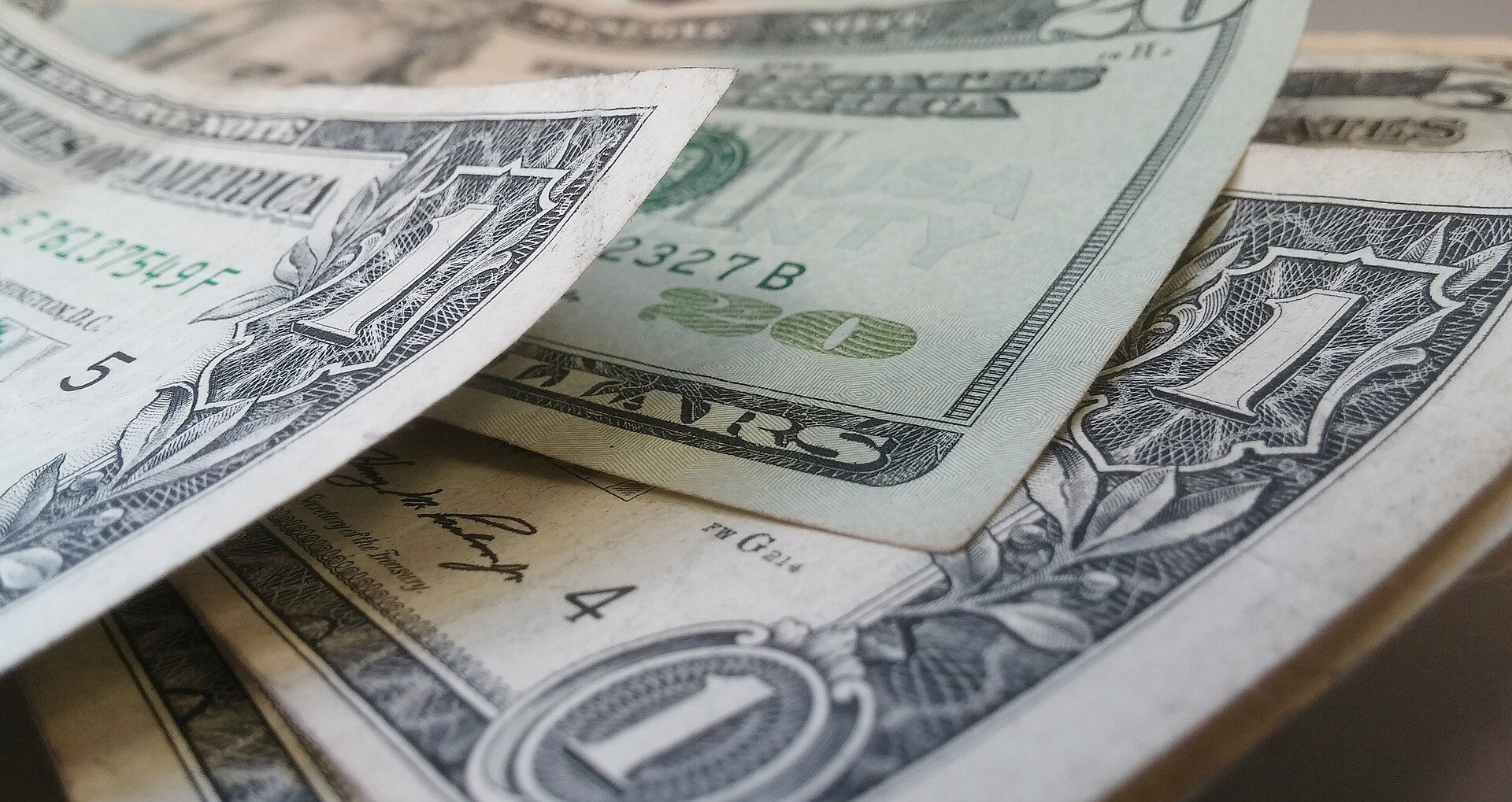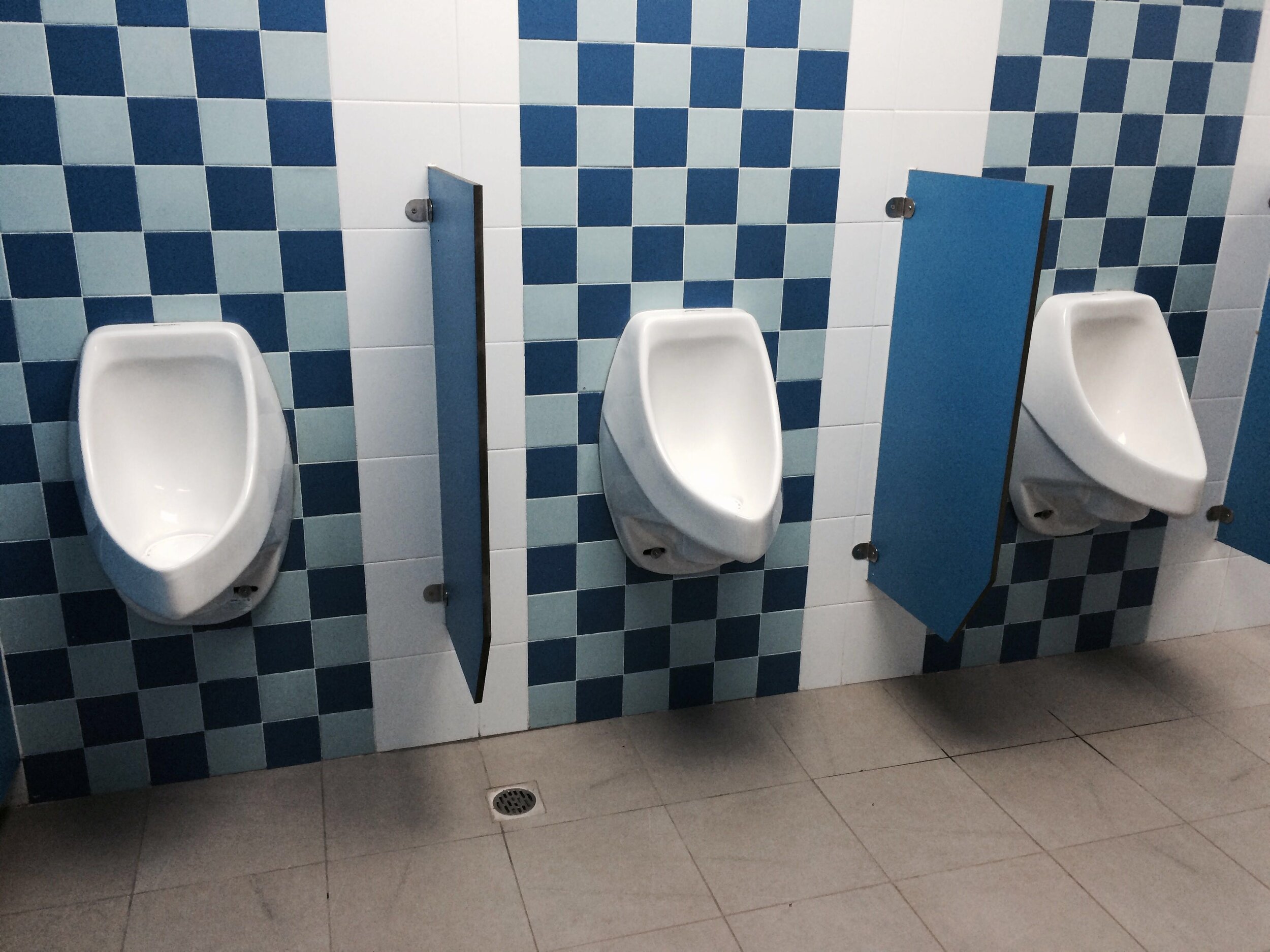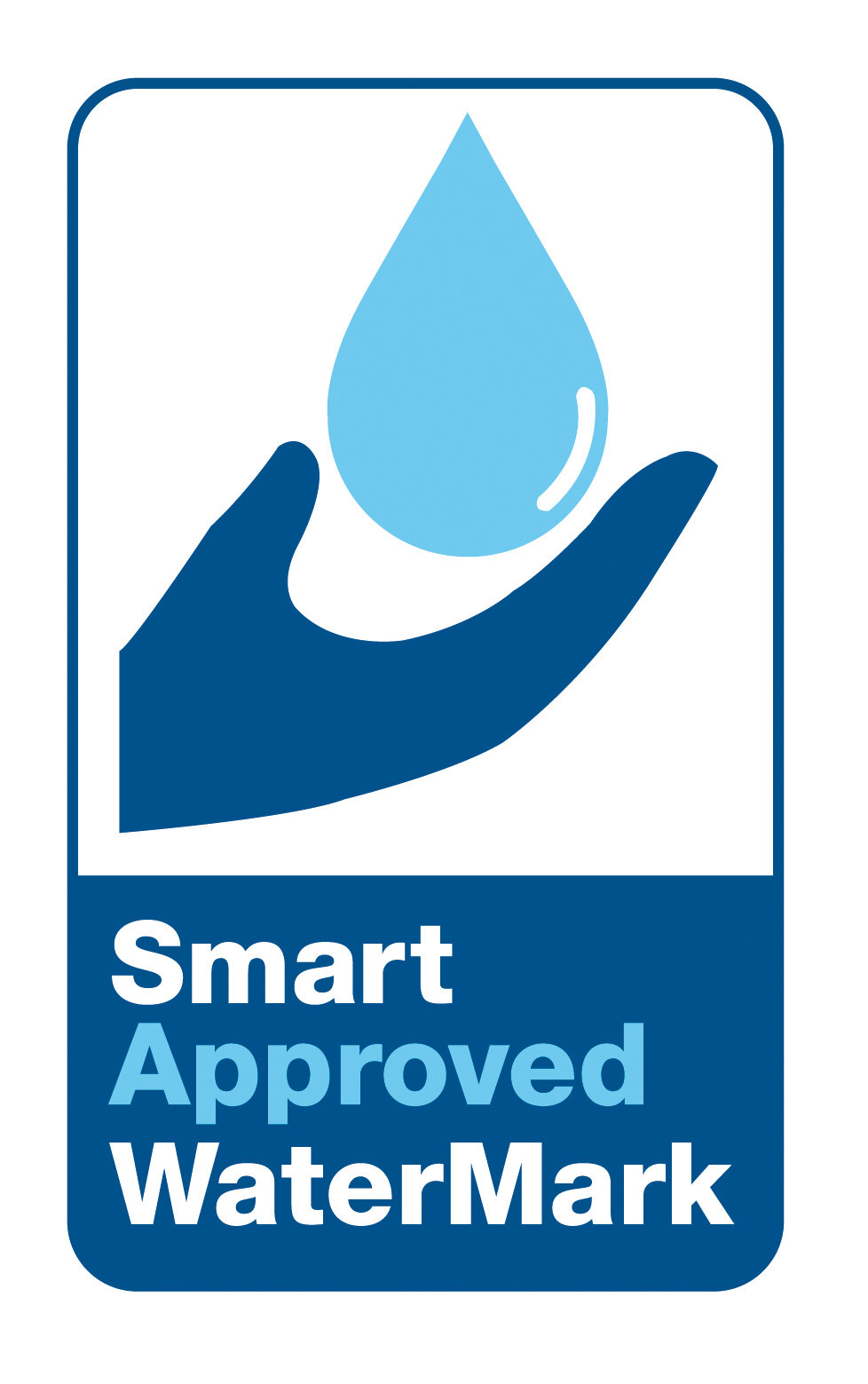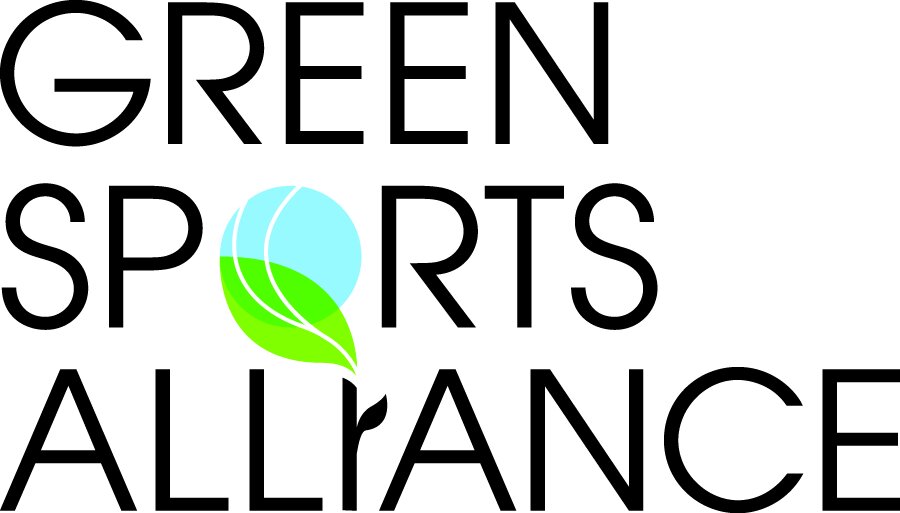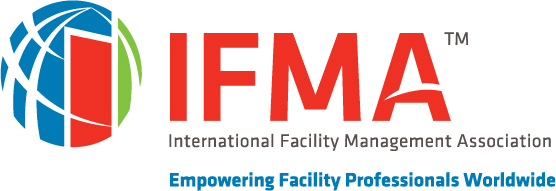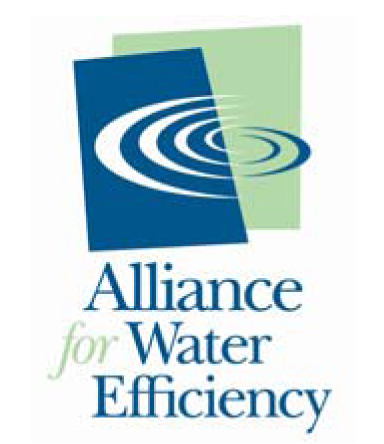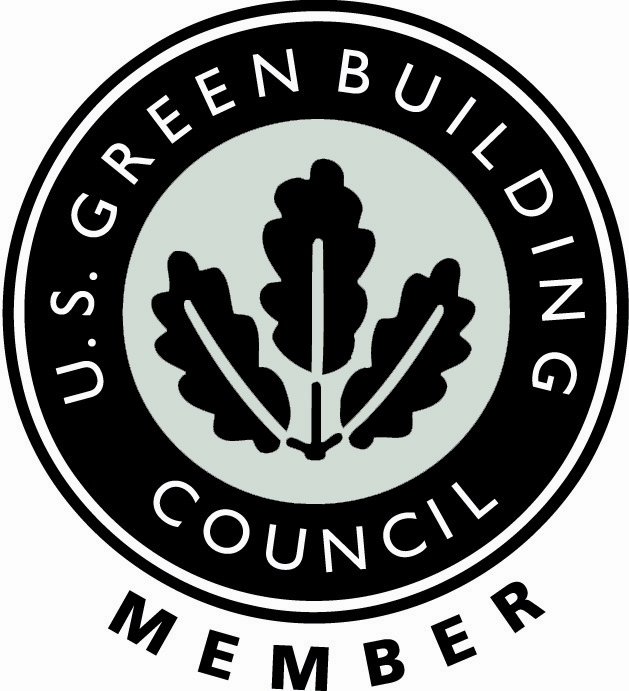The life span of businesses in the U.S. keeps declining. In 1958, a publicly traded company had a life span of about 61 years. That’s down to 18 years today.
As to small businesses, they too “lived” longer years ago. But today, the average life expectancy of one of the 31 million small businesses in the United States is about 8.5 years.
So, when we hear about a company such as Waterless Co., Inc., manufacturers of no-water urinals and other restroom products, celebrating its 32nd anniversary, business owners might want to get some insight into how they did it.
According to Klaus Reichardt, CEO and founder of the company, the following made it happen:
Believe in your product or service. Running a business is not for the faint of heart. You must believe in your product or service to get others to believe in it too.
Give it time. It took months of knocking on doors before we got our first major customer. Give a new business a reasonable amount of time to take off.
Know the start-up costs. This varies depending on the type of business but have a good idea how much money it will take to get the company going. And don’t expect profits right away. Typically, profits are two or three years down the road.
Adapt to change. “Due to COVID, a lot of companies had to make fast changes. We’ve learned over the years there are good times and tough times - we’ve seen them all. To handle them, we changed directions fast, re-evaluated our markets, and followed a conservative, lean-and-mean budget.
Listen to your customers. Always view your customers as the gift that keeps on giving. Their feedback on your products and services is what helps improve your offerings, helping the business grow stronger, and more profitable.
Have well-defined values. Most businesses become a reflection of the owner’s values. If you have strong ethics and solid values, you will attract not only employees with similar values but customers as well.




